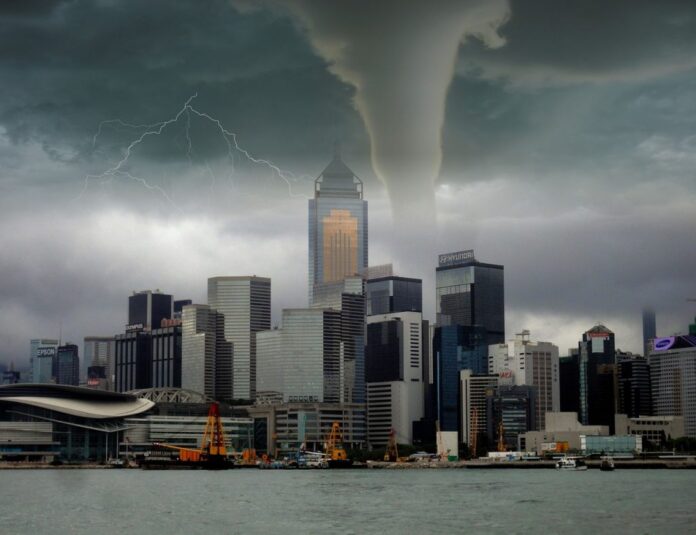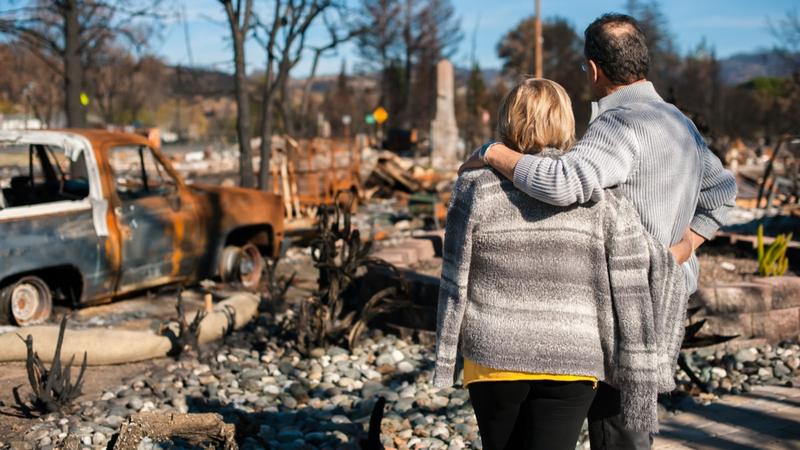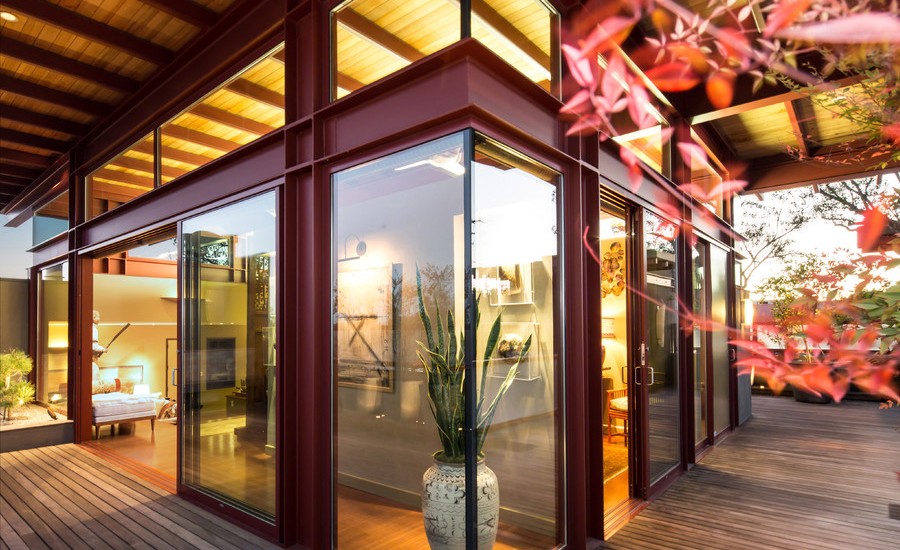A natural disaster can cause a lot of damage to your home and cleaning up isn’t always easy. While your insurance covers a few things, such as rebuilding structural damage, it’s homeowners who ultimately are left picking up the pieces. So, how do you clean after a natural disaster?
Get the right equipment
The right equipment is key when you’ve got a serious clean up to do. The sort of appliances you’d use to normally clean your home will probably not work when faced with a job of this scale. Therefore, you should look into getting some serious kit. Consider using an industrial wet vacuum with pump out for jobs such as getting rid of water or mud. Once the water is out of the way, you can then use a proper floor cleaner to sanitise the floor and ensure it looks like new.
Wear safety gear
Safety gear is also key when you are cleaning up after a disaster. This is because it can be unhygienic, and also, there can be lots of rubble and sharp objects such as broken glass.
Some safety gear you should wear includes:
- A hard hat
- Work boots that are also waterproof
- Work gloves
- Ear protectors
- Rubber gloves
You should also follow any local advice from rescue squads. For example, they may advise you need to wear a mask or breathing equipment when you enter your home.
Recycle unwanted stuff
There will no doubt be items that you cannot salvage and need to throw away. However, they don’t have to go to the landfill. You can recycle using a dumpster rental service. You simply throw out what you don’t need or want, and the company who rents out the dumpster sorts it for you, sending as little as possible to landfill sites. Of course, you can also sort your own rubbish and take it to recycling centres, but this may be difficult when lots of people are cleaning up from the aftermath.
Consider living elsewhere during clean up
If you can, you may want to try and live somewhere else while clean-up is happening. This is because your home is likely to be uncomfortable and unhygienic while you are working on it. Consider staying with a relative or moving into rented accommodation or a trailer as a short-term solution until things are back to normal.
Look out for financial support
Renting equipment and buying supplies all costs money, as does rehousing yourself during clean up. Firstly, you should see whether your home insurance will cover costs, or even send help with the repairs. Also, you may be able to get a disaster recovery payment, which is given to eligible adults and children as a lump sump. This can be extremely helpful when you’re trying to get back on track and can help with costs such as repairs or things that you need.
It can be difficult to get your home back to how it was after a disaster such as a flood or fire. You may find it a big task, so take it in stages and take any help that you can get along the way.



















